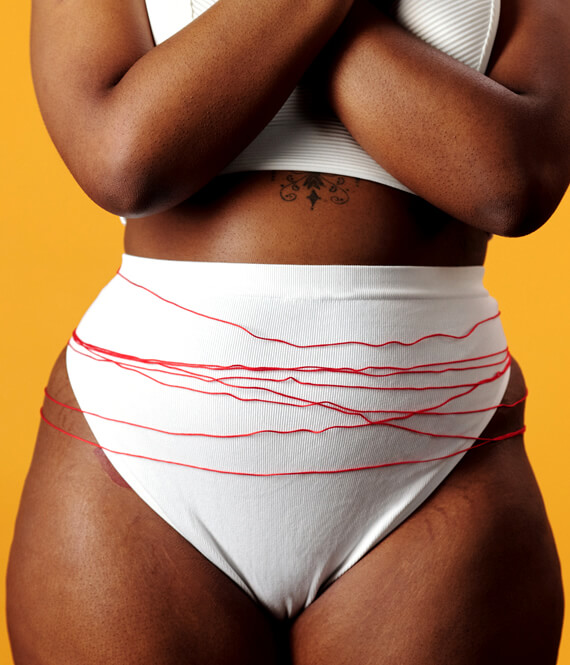
4 Popular Weight Loss Diets for Cyclists Explained
We recommend helpful products in our articles. Read our full disclosure here. The content on this website is not intended to be a substitute for professional advice, diagnosis, or treatment.
Weight loss diets come in all shapes and sizes, meaning there’s a regimen for everyone.
The real challenge is narrowing down to the “right” plan from all the available options.
A good rule of thumb when choosing the best diet for losing weight is ensuring that it’s sustainable.
This means that it perfectly fits into your lifestyle, allowing you to follow through ’til you achieve your weight loss goals.
The diet also need not be so restrictive as this may increase the risk of relapsing.
Here are our quick reviews of four popular weight loss diets cyclists can try this year with their pros and cons.
Intermittent Fasting
Intermittent fasting is a big deal today; chances are you’ve already heard so much about it on Instagram and TikTok.
This is a time-restricted diet where you eat all your meals within a given period of time and fast or lower your calorie intake for the remainder.
There are many ways of doing intermittent fasting.
But OMAD, alternate-day fasting, and 16:8 are the most popular IF approaches among people who want to lose weight quickly.
With this plan, you take all of your meals and snacks in a window of eight hours of the day and fast for the remaining 16 hours.
Intermittent fasting pros
- Intermittent fasting can help with muscle gain when combined with regular gym sessions.
- Customizing your fasting plan to fit your lifestyle and weight loss goals is possible, meaning it’s sustainable for most people.
- Intermittent fasting does not have food restrictions since it’s about when you eat, not what you eat.
Intermittent fasting cons
- It may affect your emotional well-being.
- IF may cause fatigue and low energy, affecting your everyday routine.
The Mediterranean Diet
USNews currently ranks the Mediterranean diet as the number one in best diets overall.
Its numerous benefits, sustainability, and ease of use are among the reasons this eating plan is so popular.
The Mediterranean diet is a pattern of eating inspired by the traditional eating habits typical of the countries bordering the Mediterranean Sea, including southern Italy, southern Spain, Greece, and Portugal.
When practicing the Mediterranean diet, you focus on plant-based foods and healthy diets.
You’ll be eating lots of vegetables, fruits, whole grains, fish, seafood, nuts, seeds, poultry, dairy, and herbs and spices.
The healthy fats allowed in the Mediterranean diet include extra-virgin olive oil, fish oils, nut oils, and certain seed oils, such as canola and flaxseed.
As a cyclist, the Mediterranean diet may help you up your protein intake while meeting your calorie requirement for weight maintenance.
This eating pattern also provides weight loss benefits if you limit your daily calorie intake to 1500 calories.
The Mediterranean diet pros
- There’s no counting of calories or macros.
- It’s balanced and colorful.
- The Mediterranean diet is predominantly plant-based, making it environmentally friendly.
- It promotes heart health.
The Mediterranean diet cons
- Planning can be time-consuming.
- Some items can take your grocery bill up.
Paleo Diet
The Paleo is another highly recommended weight loss diet for cyclists who don’t want to count calories.
Going Paleo means emphasizing foods our distant relatives might have consumed during the Paleolithic era, at least theoretically.
According to the Paleolithic or Stone Age diet- as it’s also known as- our bodies are not suited for modern diets that are based on farming.
Proponents of this diet link health conditions, such as obesity and cardiovascular diseases, to foods sourced from modern farming.
The foods you can eat in the Paleo diet are grass-fed meat, wild-caught fish and seafood, nuts and seeds, fruits and vegetables, and healthy oils, such as avocados, olive, coconut, and flaxseed.
The foods excluded include cereal grains, all dairy products, legumes, starchy vegetables, and highly processed foods.
Studies have shown that the Paleo diet may aid weight loss because it’s high in protein and low in carbs.
It also offers a great way to avoid sweeteners and highly processed foods.
Paleo diet pros
- It’s a clean diet with minimal preservatives, additives, and chemicals.
- It promotes weight loss and reduced waist circumference.
- A high intake of proteins and fats leads to improved satiety.
Paleo diet cons
- Going Paleo can be expensive for some people.
- It excludes some healthy and nutritious foods completely.
DASH Diet
DASH stands for Dietary Approaches to Stop Hypertension.
The Dash diet was introduced in 1997 with the help of the National Heart, Blood, and Lung Institute.
It involves eating lots of vegetables, fruits, whole grains, fiber, and low-fat dairy.
Poultry, fish, and lean meats are also allowed in moderate amounts.
Dash dieting also encourages limiting sugar, processed foods, saturated fats, and sodium.
Its original purpose was to help people prevent high blood pressure (HBP), heart disease, and strokes.
But its nutritional approach has been proven to help shed some pounds, although not as quickly as other intense weight loss methods.
In a 2016 study, Dash dieters lost 3.1 lbs in 8-24 weeks and 0.4 inches of waist circumference in 24 weeks.
DASH diet pros
- It encourages healthy eating habits.
- It has many evidence-based health benefits.
- Embracing the Dash diet could lead to lifelong wellness.
- It’s flexible and can be customized to accommodate special diets, such as veganism, vegetarianism, and kosher.
Dash diet cons
- Weight loss with a Dash diet alone can be slow.
- The plan calls for substantial food tracking, which could be time-consuming.
Conclusion
The best weight loss diet for everyone does not exist.
When choosing a program, choose one you can tailor to your needs, lifestyle, and weight-loss goals.
And avoid falling for gimmicks that promise to help you lose weight in one week.
Slow but steady weight loss programs are often easier to stick to in the long run and often beat typical “lose weight quickly” fads.
As a reminder, always engage your healthcare provider before starting any weight loss diet, particularly if you have medical or physical challenges.
Your provider can better advise you on a safe and sustainable weight loss diet, depending on your needs.
"We love to research problems, examine studies, analyze solutions, and share with you ideas that make life healthier. You can learn about us and our editorial standards here. Have suggestions or feedback to share? Send us a message!."













Leave a Comment